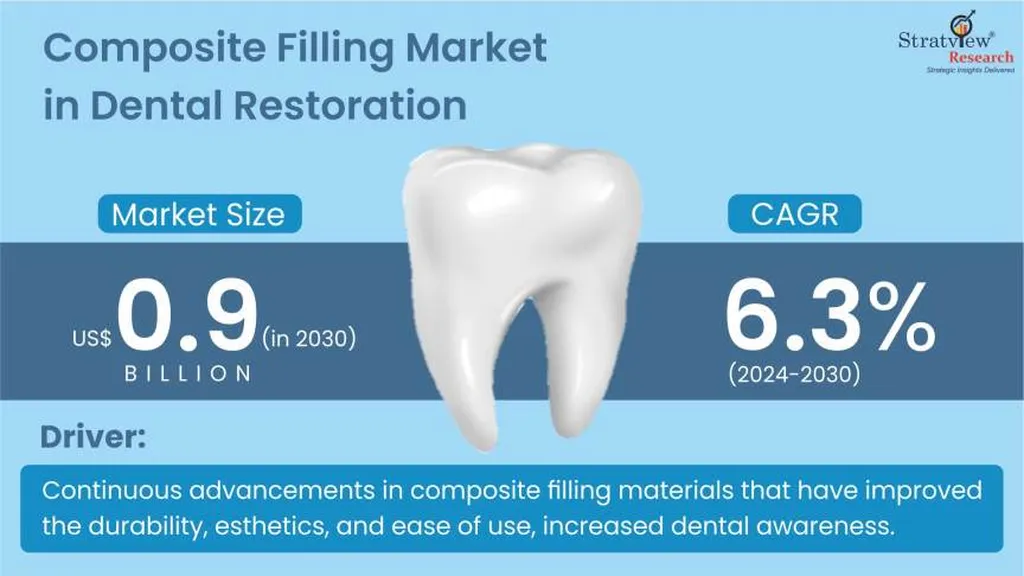In the ever-evolving world of dental restorations, a significant challenge has emerged: the repair of CAD/CAM hybrid composite materials. These materials, known for their durability and aesthetic appeal, often fail due to weak bonds at the repair interface, a problem that worsens over time in the mouth. A recent study published in the journal ‘Materials Research Express’ (translated from Arabic as “Expressions of Materials Research”) sheds light on this issue, offering insights that could revolutionize dental repair protocols.
Led by Saeed Awod bin Hassan from the Department of Restorative Dental Sciences at King Khalid University in Abha, Saudi Arabia, the study evaluated the repair bond strength (RBS) of a flowable composite to four prevalent CAD/CAM hybrid materials. The materials included Cerasmart (CS), Lava Ultimate (LU), Shofu Block HC (SH), and Vita Enamic (VE). The team assessed these materials in both polished (baseline) and aged (5,000 thermocycles) conditions, mimicking the wear and tear that occurs in the mouth over time.
The findings were enlightening. Surface roughness increased post-thermocycling for most materials, with Shofu Block HC showing the highest value. However, Vita Enamic exhibited a unique smoothing effect. “This smoothing effect in Vita Enamic is particularly interesting,” noted bin Hassan. “It suggests that the material might be more resistant to the wear and tear that occurs in the mouth over time.”
The study also revealed that Cerasmart exhibited the highest repair bond strength at both baseline and post-thermocycling, while Vita Enamic showed a significant improvement in bond strength after aging. “These results highlight the need for material-specific repair protocols in clinical practice,” bin Hassan explained. “Understanding how each material behaves under different conditions can help dentists choose the right repair strategy, ultimately enhancing the longevity of dental restorations.”
The implications of this research are profound. In the commercial sector, particularly in the energy sector where dental health is crucial for workers, understanding the longevity and reliability of dental restorations can lead to better health outcomes and increased productivity. Moreover, the findings could drive the development of new materials and repair techniques, shaping the future of dental restorations.
As bin Hassan and his team continue to delve into the intricacies of dental materials, their work serves as a beacon of innovation, guiding the industry towards more effective and reliable solutions. The study, published in ‘Materials Research Express’, is a testament to the power of scientific inquiry and its potential to transform clinical practice.

